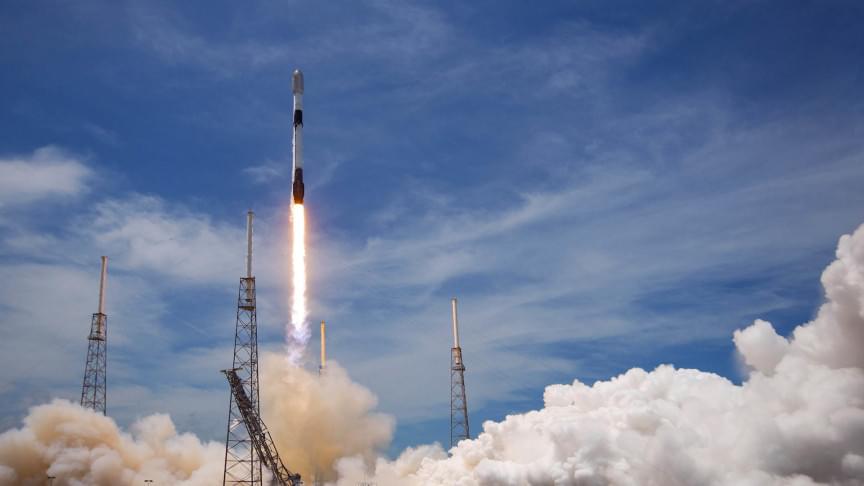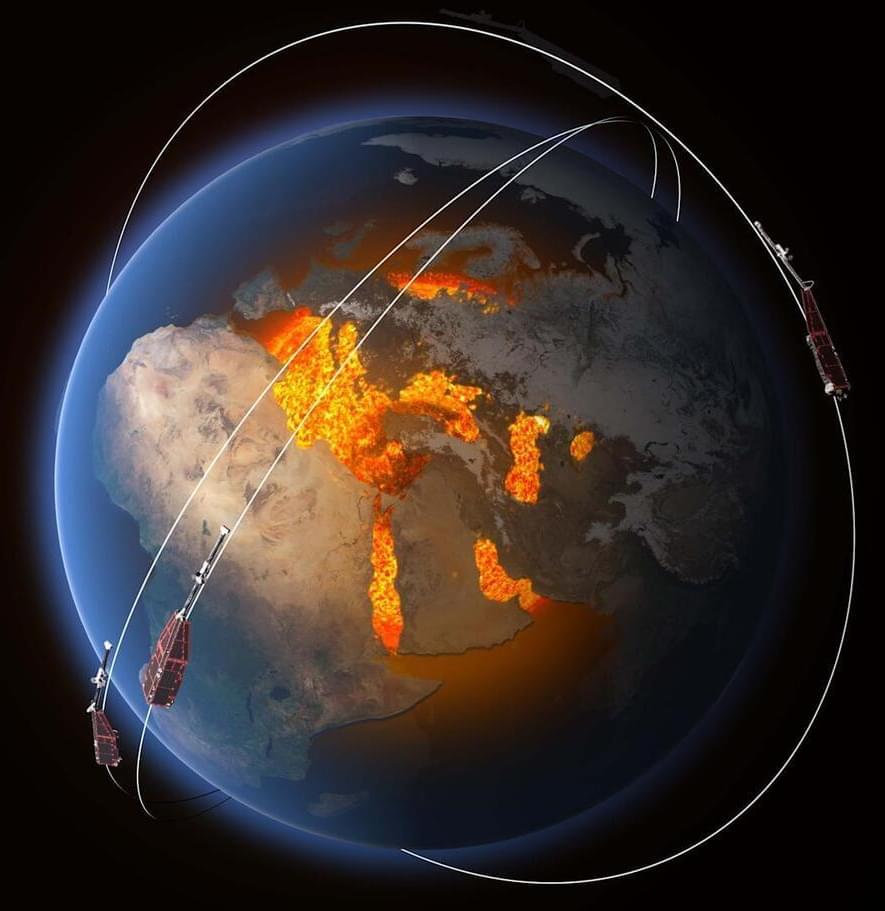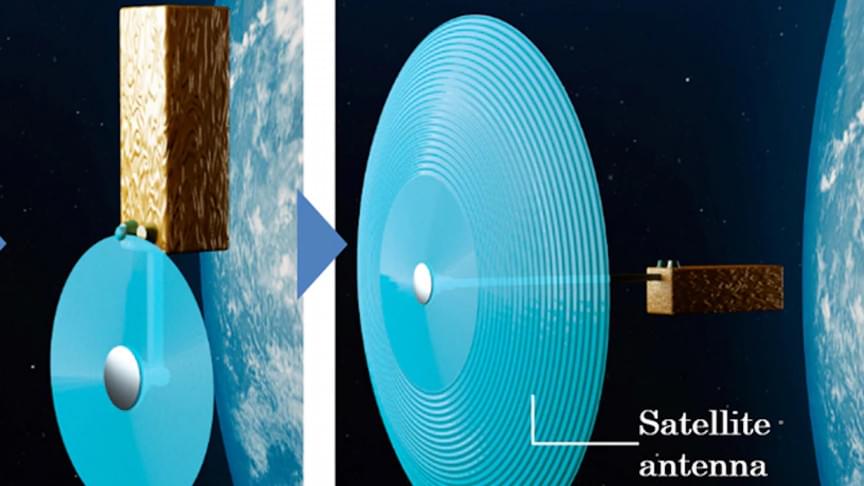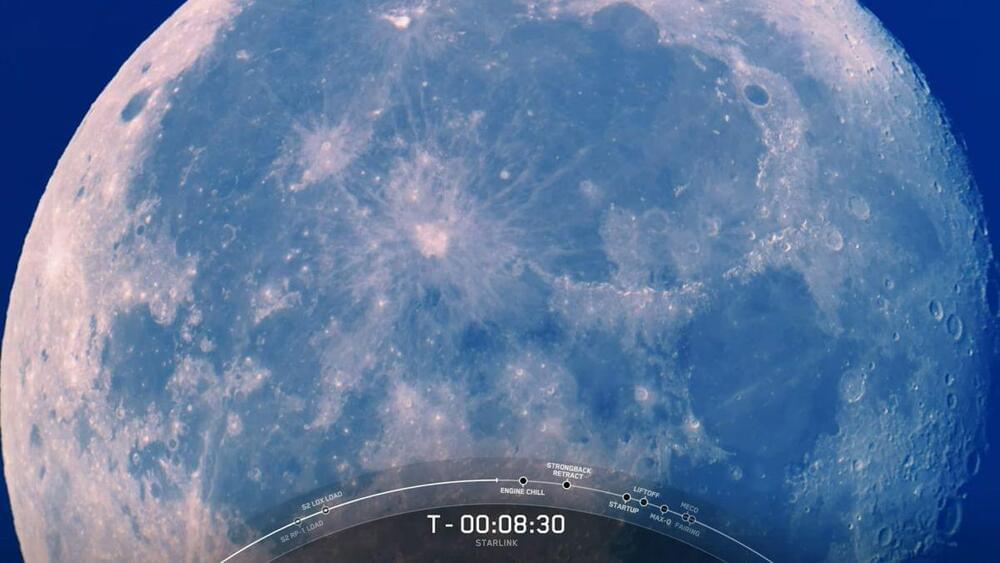
Category: satellites – Page 84


Ukraine’s crisis: 8 new satellite images reveal the devastation on the ground
War feels ‘a hundred times more irrational’ when viewed from space.
Satellite images taken from space have been vital in reporting on the war in Ukraine. They have even helped to debunk disinformation that has spread since the start of Russia’s invasion in late February.
While satellites — such as those used by Maxar Technologies to help document the war — are equipped with powerful cameras that can zoom into vast regions, it turns out the conflict is also visible to the naked eye from orbital space.
“When you’re in space, you feel so far away at first,” European Space Agency (ESA) astronaut Matthias Maurer, who recently returned from his 177-day stay aboard the International Space Station (ISS), told German broadcaster *ARD*, as per *Futurism*.
But the invasion “was clearly visible to the naked eye from space,” he explained, saying he could see it in the form of “huge black columns of smoke over cities like Mariupol\.
The astronaut, Matthias Maurer, saw huge black columns of smoke from the ISS and claimed that the war in Ukraine is clearly visible from space.

Giant magnetic wave found in Earth’s core
Volcanic eruptions remind us that the inside of our planet isn’t exactly tranquil, but there’s plenty of completely unknown stuff happening beneath our feet.
ESA’s Swarm satellite mission has detected a completely new type of magnetic wave that sweeps across the outermost part of Earth’s outer core every seven years.
The finding could help us to understand more about Earth’s magnetic field, without which life as we know it could not exist.

Chinese researchers say China’s military must be able to destroy Elon Musk’s Starlink satellites in a war
The study was led by Ren Yuanzhen, a researcher with the Beijing Institute of Tracking and Telecommunications, under the PLA’s Strategic Support Force. Coauthors included several senior scientists in China’s defense industry.
Ren and his colleagues could not immediately be reached for comment and it is uncertain to what extent their view represents an official stance of the Chinese military or government.
“A combination of soft and hard kill methods should be adopted to make some Starlink satellites lose their functions and destroy the constellation’s operating system,” said the paper, published in the domestic, peer-reviewed journal Modern Defense Technology.

Starlink launches satellite internet for RVs that costs $25 more
Starlink has launched a new product meant specifically for RV dwellers and those who can’t wait to get connected to the satellite internet service. While applying for a regular Starlink dish and service will put customers in a waitlist until 2023, Starlink for RVs is immediately available and will ship out to buyers right now. The downside? Network resources are always de-prioritized for it, and the service costs $135, which is $25 more than a regular Starlink connection.
In other words, the RV option costs just as much as a regular Starlink connection with the Portability feature introduced back in March that allows customers to use the service while they’re away from home. A regular connection requires one to have a home service first, though, and that may not be possible for some people. Another difference is that the product for RVs gives customers the ability to pause and un-pause service, so they can control when their billing starts and ends.
Since the network is de-prioritized for the RV service, though, users’ connection might be slow and intermittent in congested areas and during peak hours. “Stated speeds and uninterrupted use of the service are not guaranteed,” the company wrote in its Help page, clearly making sure interested customers understand that it’s prioritizing at-home users. One important thing to note for those looking into the RV option is that they can’t use Starlink while in motion at this time. SpaceX chief Elon Musk also added on Twitter that the dish is too big for cars, though that didn’t stop at least one user from bolting it onto their vehicle’s hood.

Elon Musk says he’s testing out SpaceX’s Starlink internet on his private jet
Elon Musk said on Monday that he’s testing out SpaceX’s Starlink satellite internet on his private jet.
“I am testing Starlink on the plane. Some polishing needed, but it’s working quite well,” Musk tweeted. He also wrote in the Twitter post that he works while traveling on the jet.
His tweet was part of a Twitter thread about SpaceX president and COO Gwynne Shotwell defending Musk, following sexual misconduct claims involving a flight attendant working on the billionaire’s plane, which Insider first reported on Thursday.

SpaceX’s Starlink launches $135-a-month internet service for RVs
SpaceX announced this week that it is launching a Starlink internet service option designed with RV owners in mind.
The company is rolling out an optional $25 monthly fee for customers who want to relocate their satellite dishes, CNBC’s Michael Sheetz first reported. The extra cost will be added on to the Starlink base service price of $110 per month and will be billed in one-month increments. The users will be able to pause and restart their service at any time.
However, the company says that the internet service will not be active while the RV is in motion and will be limited to an “as-needed basis at any destination where Starlink provides active coverage,” according to a press release.
“Fly ash” contains rare earth elements needed for electronics
The United States’ reliance on China for rare earth elements could soon come to an end, thanks to a new process that pulls the valuable metals from the ash left over when we burn coal.
Why it matters: The 17 rare earth elements aren’t actually rare — they’re all more common than gold, and one is more abundant than copper. But getting our hands on them is difficult because they’re widely dispersed in Earth’s crust and hard to extract through mining.
That’s a problem because we need rare earth elements to make a lot of products, from smartphones and satellites to electric cars and wind turbines.

Satellite antennas could be 3D printed in space to massively reduce launch costs
“Spacecraft antenna designs are challenging due to their conflicting requirements for high gain, wide bandwidth, and low weight,” Mitsubishi announced. “High gain and wide bandwidth necessarily require a large aperture, but economical orbital deployment conventionally dictates that designs be lightweight and small enough to fit or fold inside a launch vehicle or satellite deployment mechanism.”
Mitsubishi also claimed that, with its new technology, ‘additive-manufacturing in space has now become possible.’ However, it’s worth noting that the International Space Station already features a 3D printer launched to the orbital station back in 2014. The European Space Agency also announced last year it would experiment with 3D printing in space using scrap metals from the Moon.
Still, the company’s new method has the potential to reduce the cost of satellite launches significantly, and it could pave the way for the construction of other vital parts for future space missions.
